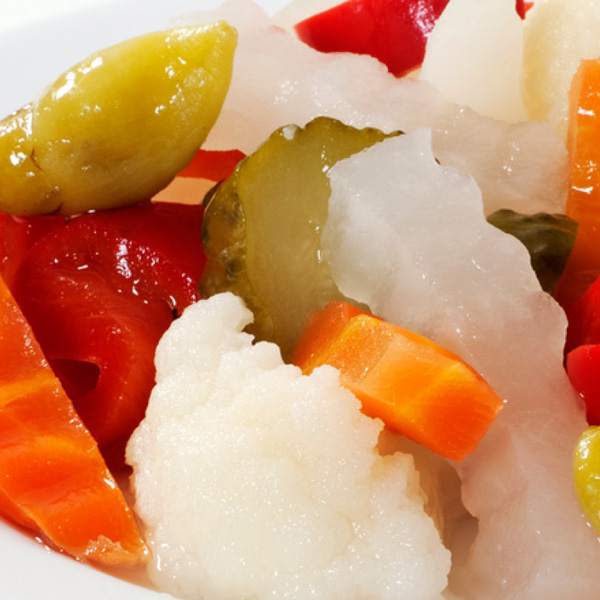Your Guide to
All Things Pickles
Embark on a delightful journey into the world of pickles, uncovering their fascinating history and the story behind their rise to global popularity. Along the way, you’ll encounter surprising facts and quirky tidbits, from their humble origins to their cultural significance today. Plus, broaden your knowledge with a comprehensive gallery highlighting the wide variety of pickled vegetables that add zest and flavor to plates around the world.
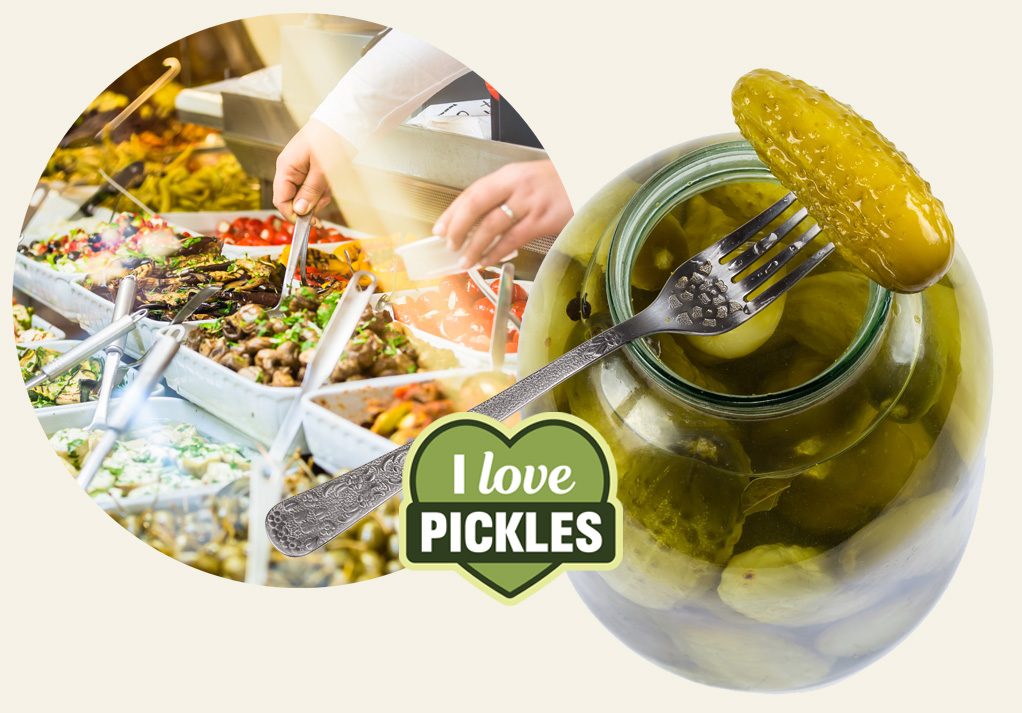
What Makes Pickles Special?
Few foods have a history as rich, flavorful, and fun as pickles. From their ancient origins to their journey across continents, pickles have evolved into a beloved food, capturing the hearts and appetites of people worldwide. Along the way, they’ve also sparked quirky stories and surprising facts that add to their charm and appeal.
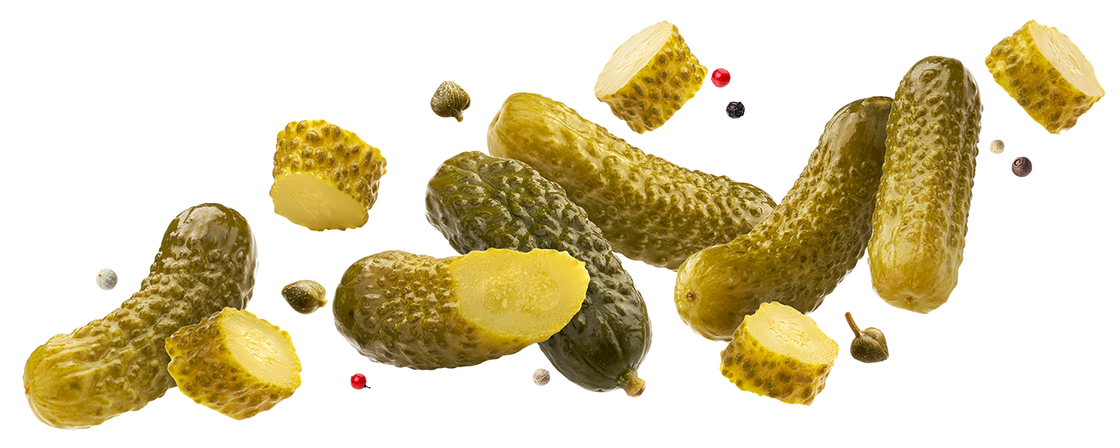
Get to Know More About Pickles
When combining all the basic types, varieties and cuts of pickles and pickled peppers, there are hundreds of styles from which to choose a favorite. Pickles are usually available whole (including gherkins and midgets), or cut into halves, slices, spears, strips, chips, chunks, salad cubes, relish or sliced lengthwise for sandwiches.
Dill Pickles
Dill is the most popular variety of cucumber pickle, known for its distinctive and refreshing flavor, which comes from the addition of dill herb or dill oil. There are several types of dill pickles, each with its unique characteristics.
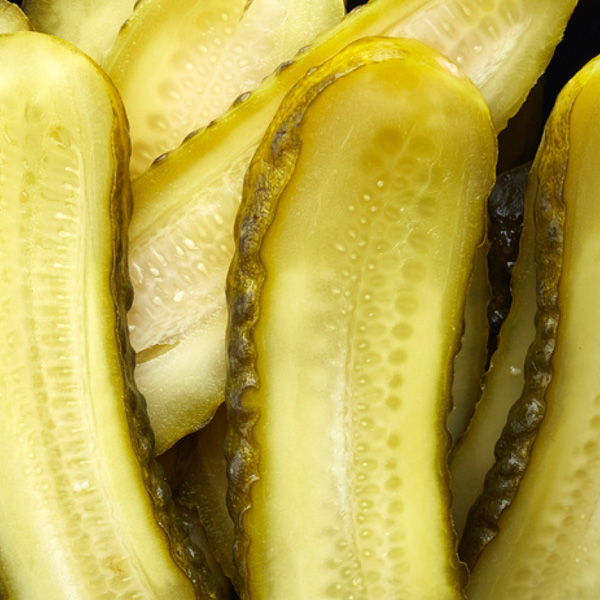
Genuine Dill: These pickles are made using the slow “processed” method. Dill weed is added during the final stage of fermentation or to the jar after fermentation. Genuine dills tend to have a more pronounced lactic acid flavor than other varieties.
Kosher Dill: True “Kosher” pickles are made in accordance with Jewish dietary laws, and they include dill and garlic in the brine. Known for their robust flavor, kosher dills have become a popular choice, often served alongside overstuffed deli sandwiches. The name has become synonymous with this tangy, flavorful variety.
Overnight Dill: In this method, cucumbers are placed fresh into brine—sometimes with a small amount of vinegar—for just one to two days. The pickling process takes place under refrigeration, and the pickles remain refrigerated during storage and shipping. These bright green pickles offer the taste of fresh cucumbers with a hint of dill flavor, making them a common feature at delis.
Other dill varieties include Polish and German-style pickles, each with its own distinct take on the classic dill flavor.
Sour/Half Sour Pickles
Fresh cucumbers are initially placed into a seasoned brine that doesn’t contain vinegar. The containers are then refrigerated, and the pickles remain chilled throughout storage and shipping. The longer the cucumbers stay in the brine, the more sour they become. Half-sour pickles, in particular, are extra crispy and retain their bright, fresh cucumber color.
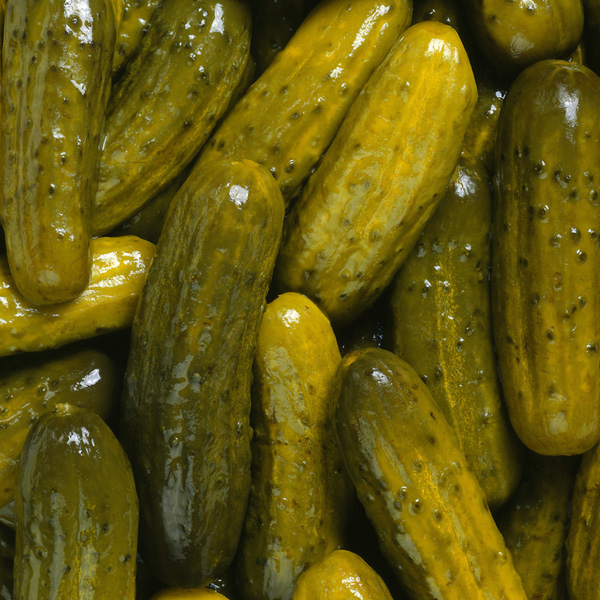
Sweet Pickles
Sweet pickles are made by packing cucumbers in a sweet mixture of vinegar, sugar, and spices. There are several delicious variations of sweet pickles.
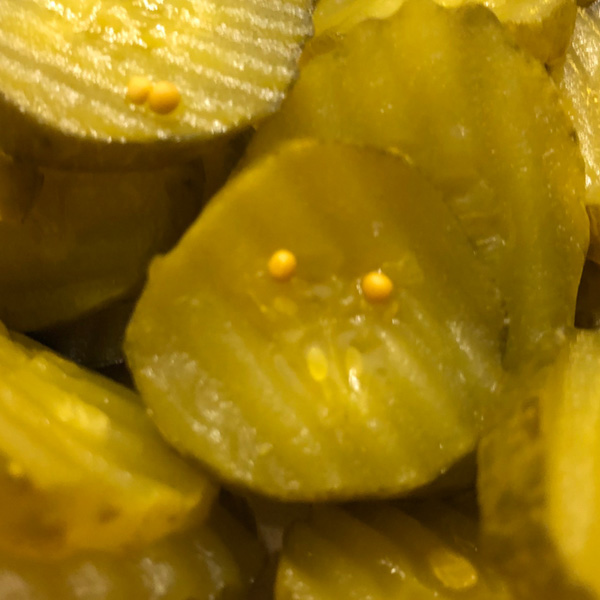
Bread & Butter: These sweet, thinly sliced pickles are made from cucumbers, onions, and chopped green or red peppers. They have a distinct, slightly tangy flavor and are available in smooth or waffle-cut chips, as well as chunks.
Candied: These pickles are packed in a heavily sweetened liquid, offering an intense sweetness.
No-Salt Sweet: A relatively new variety, these sweet pickles are made without any added salt, usually available in chip form.
Sweet/Hot: A spicy twist on the classic sweet pickle, these are made by adding hot spices and seasonings to give them a delightful, piquant flavor.
Pickled Peppers
Pickled peppers come in a variety of flavors, from fiery jalapeños to mild pepperoncini and sweet red bell peppers, along with exotic golden banana peppers in mild or hot options. These pantry staples add a burst of flavor to any dish with no added fat, while being a rich source of vitamins A and C, and only 7 calories per ounce. Here are some types and ways to enjoy them.
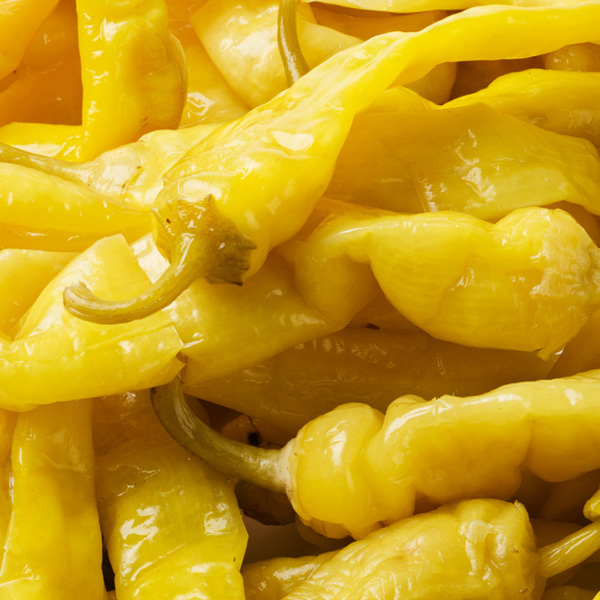
Jalapeño: Thanks to the rising interest in Mexican and Southwestern dishes, jalapeños have become a favorite pickled pepper. Known for their fiery heat, these peppers are packed in brine and are available either whole or sliced into rings. Jalapeño peppers are the perfect topping for a spicy taco salad or fiery fajitas.
Banana Peppers: These long, shiny yellow peppers come in both hot and sweet varieties and are banana-shaped. They are commonly found whole or in rings. Whether sweet or hot, these peppers can add a colorful kick to pasta primavera salads.
Cherry Peppers: Shaped like cherries, these pickled peppers come in red or green and can be either hot or sweet. They are most commonly sold whole or in rings. Plump, bright pickled cherry peppers are ideal for perking up an antipasto platter.
Pepperoncini: Available whole or as green Greek or Italian varieties, these mildly hot pickled peppers are a popular addition to antipasto platters or Mediterranean-style salads. For an easy appetizer, slit and remove the seeds from pepperoncini, and stuff them with strips of mozzarella.
Sauerkraut
Sauerkraut is made from the crisp center leaves of the finest quality cabbages, which are shredded, salted, and cured for several weeks in large wooden or concrete vats. In the United States, people consume an impressive 387 million pounds of sauerkraut annually—about 1.5 pounds per person each year. The U.S. grows about 330 million pounds of cabbage annually, with Wisconsin, Ohio, and New York being the leading producers for sauerkraut.
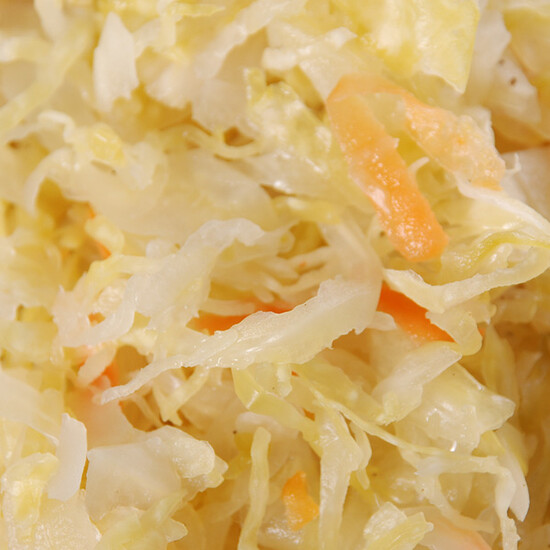
Fat-free and low in calories: One cup of undrained sauerkraut containing only 44 calories, and a cup of sauerkraut juice just 22. It’s also packed with nutrients, providing nearly one-third of the daily recommended intake of vitamin C, along with essential minerals such as iron, calcium, potassium, phosphorus, and vitamins like thiamin, riboflavin, and niacin. One cup of sauerkraut also offers about 8 grams of fiber.
Medically recommended: Medical and health experts recommend eating several servings of cruciferous vegetables each week to help reduce the risk of colon cancer. Sauerkraut, like cabbage, Brussels sprouts, cauliflower, broccoli, and turnips, is part of this healthy vegetable family.
Various types of sauerkraut include: Bavarian Kraut, which has a milder flavor sweetened with sugar and caraway seeds, and traditional sauerkraut with caraway or celery seeds. There’s also Winkraut, which is fermented in white wine for a unique twist.
Uses: Sauerkraut remains the second most popular hot dog topping in the U.S., after mustard, and millions of pounds are used in Reuben sandwiches and other deli favorites every year. As people become more aware of its flavorful, low-calorie, and fat-free benefits, sauerkraut is increasingly being incorporated into innovative dishes across the country.
Specialty Products
Pickled vegetables include a wide variety of options, such as asparagus, beets, cauliflower, cocktail onions, green tomatoes, and giardiniera, to name just a few.
Another product growing in popularity is the convenient pickle-in-a-pouch, often found at convenience stores and retail outlets nationwide.
Lastly, olives are a versatile pickled vegetable, frequently used by consumers and chefs to enhance snacks, entrées, and other dishes.
